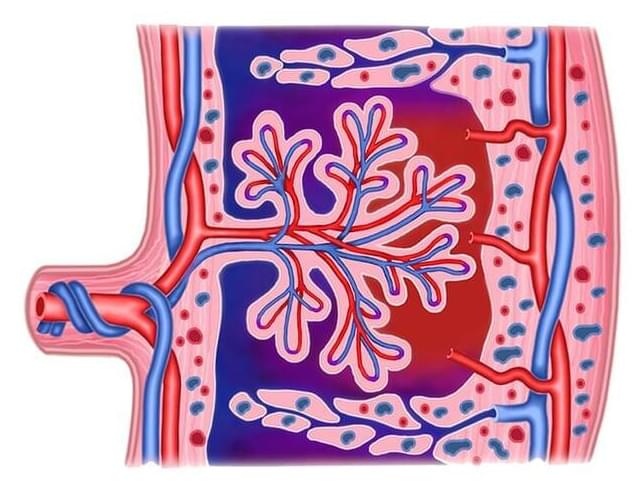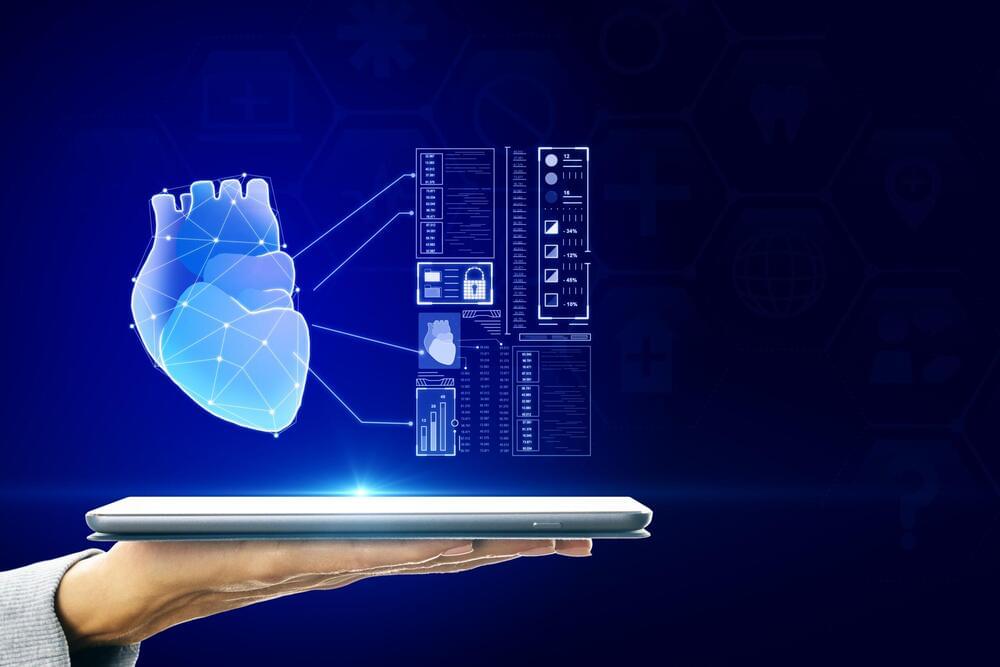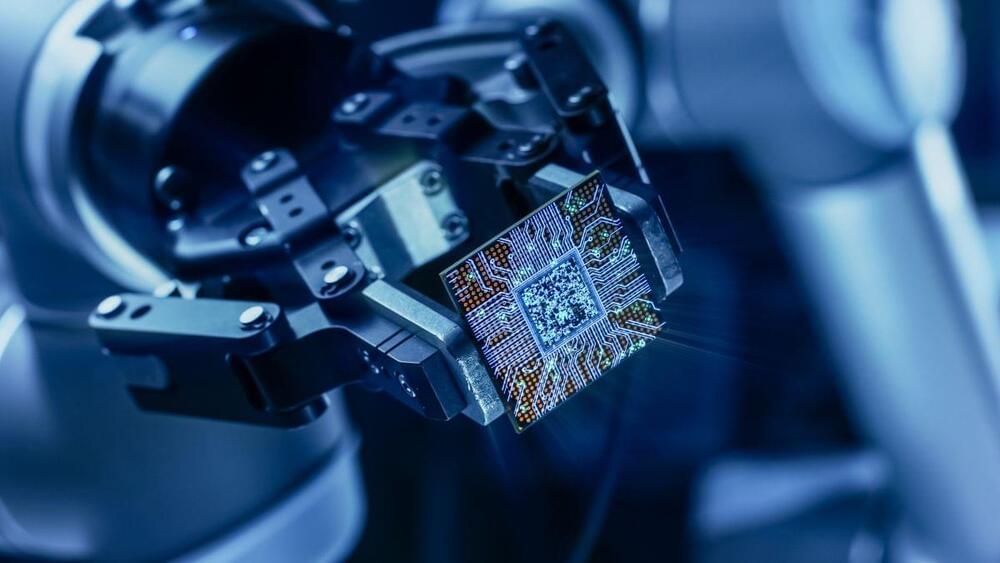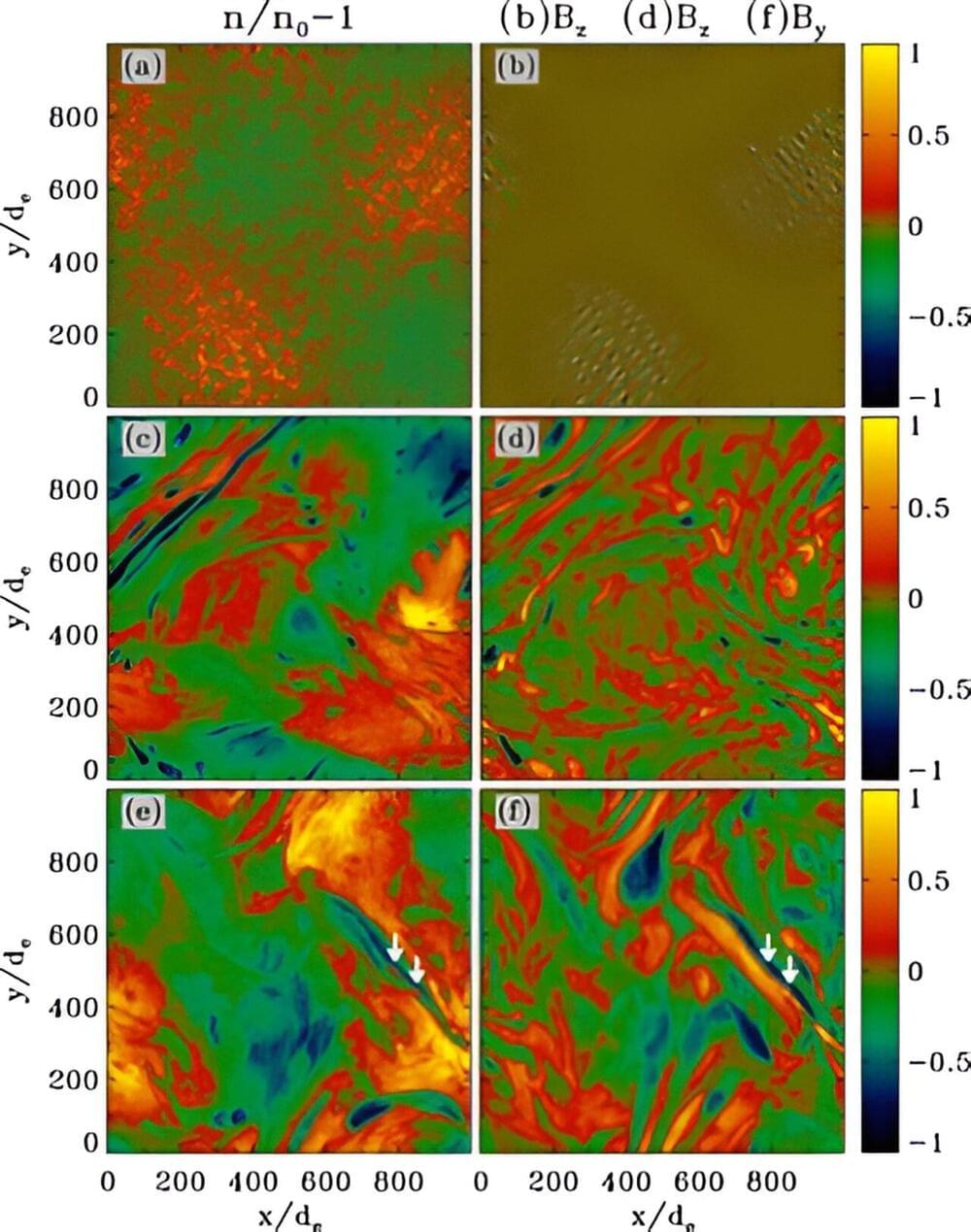Cancer can cause different, such as abnormal bumps, night sweats, or unexplained weight gain or loss. Only a doctor can tell if are caused by cancer or some other problem.
Page 1621
Jul 31, 2023
Stanford Medicine researchers map morphing placenta
Posted by Shubham Ghosh Roy in category: biotech/medical
The STAR party’s vision for Canada includes the research and development of self sustainable Mobile Airborne Cities; or Airborne Arcologies. Being an obviously semi-long term goal, the objective would be to at first, allocate budgeting towards research and development of components to build this project in a phased manner… and the scaling of the project as technology allows for it.
Phase I: research and development of scalable micro-prototypes.
Phase II: multiple prototype development / testing stages.
Continue reading “Stanford Medicine researchers map morphing placenta” »
Jul 31, 2023
Is AI up to snuff? Cardiac clinical trial points to yes
Posted by Shubham Ghosh Roy in categories: biotech/medical, health, information science, robotics/AI
There’s a lot of talk about the potential for artificial intelligence in medicine, but few researchers have shown through well-designed clinical trials that it could be a boon for doctors, health care providers and patients.
Now, researchers at Stanford Medicine have conducted one such trial; they tested an artificial intelligence algorithm used to evaluate heart function. The algorithm, they found, improves evaluations of heart function from echocardiograms — movies of the beating heart, filmed with ultrasound waves, that show how efficiently it pumps blood.
“This blinded, randomized clinical trial is, to our knowledge, one of the first to evaluate the performance of an artificial intelligence algorithm in medicine. We showed that AI can help improve accuracy and speed of echocardiogram readings,” said James Zou, PhD, assistant professor of biomedical data science and co-senior author on the study. “This is important because heart disease is the leading cause of death in the world. There are over 10 million echocardiograms done each year in the U.S., and AI has the potential to add precision to how they are interpreted.”
Jul 31, 2023
Omega-3 fatty acids appear promising for maintaining lung health
Posted by Shubham Ghosh Roy in categories: biotech/medical, health
NIH-funded study supports new role for nutrient found in fish, dietary supplements.
Omega-3 fatty acids, which are abundant in fish and fish oil supplements, appear promising for maintaining lung health, according to new evidence from a large, multi-faceted study in healthy adults supported by the National Institutes of Health. The study provides the strongest evidence to date of this association and underscores the importance of including omega-3 fatty acids in the diet, especially given that many Americans do not meet current guidelines. Funded largely by the National Heart, Lung, and Blood Institute (NHLBI), part of NIH, the study results were published in the American Journal of Respiratory and Critical Care Medicine.
Jul 31, 2023
How Old Can Humans Get?
Posted by Alessandro Carvalho in categories: genetics, life extension
An expert on aging thinks humans could live to be 1,000 years old—with a few tweaks to our genetic “software”.
Jul 31, 2023
Healing Power of Light: Biomimetic Materials Pulsed With Low-Energy Blue Light Can Reshape Damaged Corneas
Posted by Paul Battista in categories: energy, materials
A new study reveals that biomimetic materials, when pulsed with low-energy blue light, can reshape damaged corneas, including increasing their thickness. The findings have the potential to affect millions of people.
A team of University of Ottawa researchers and their collaborators have uncovered the immense potential of an injectable biomaterial that is triggered by low-energy blue light pulses for immediate repair of the eye’s domed outer layer.
Following a design approach guided by biomimicry—innovation that takes inspiration from nature—the multidisciplinary researchers’ compelling results show that a novel light-activated material can be used to effectively reshape and thicken damaged corneal tissue, promoting healing and recovery.
Jul 31, 2023
New Quantum Magnet Promises Applications in Robotics, Electronics, and Sensors
Posted by Genevieve Klien in categories: quantum physics, robotics/AI
A new material discovered through research from the MIT Plasma Science and Fusion Center promises to create the first strain-tunable materials — materials that adjust their electronic properties accor.
Jul 31, 2023
New algorithm ensnares its first ‘potentially hazardous’ asteroid
Posted by Genevieve Klien in categories: asteroid/comet impacts, existential risks, information science
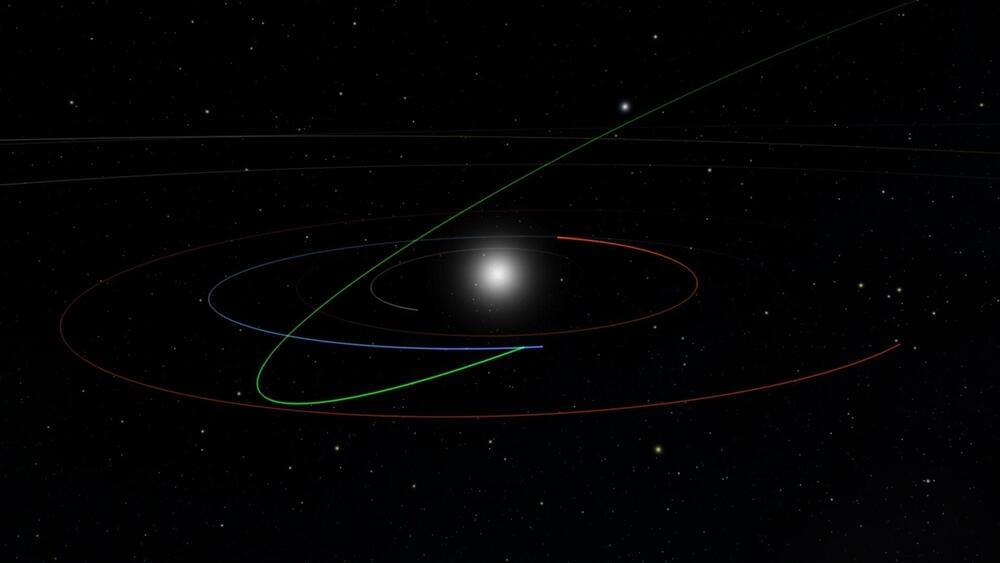
An asteroid discovery algorithm—designed to uncover near-Earth asteroids for the Vera C. Rubin Observatory’s upcoming 10-year survey of the night sky—has identified its first “potentially hazardous” asteroid, a term for space rocks in Earth’s vicinity that scientists like to keep an eye on.
The roughly 600-foot-long asteroid, designated 2022 SF289, was discovered during a test drive of the algorithm with the ATLAS survey in Hawaii. Finding 2022 SF289, which poses no risk to Earth for the foreseeable future, confirms that the next-generation algorithm, known as HelioLinc3D, can identify near-Earth asteroids with fewer and more dispersed observations than required by today’s methods.
Continue reading “New algorithm ensnares its first ‘potentially hazardous’ asteroid” »
Jul 31, 2023
New clues to the source of the universe’s magnetic fields
Posted by Genevieve Klien in category: space
It isn’t just your refrigerator that has magnets on it. The Earth, the stars, galaxies, and the space between galaxies are all magnetized, too. The more places scientists have looked for magnetic fields across the universe, the more they’ve found them. But the question of why that is the case and where those magnetic fields originate from has remained a mystery and a subject of ongoing scientific inquiry.
Published in the journal Physical Review Letters, a new paper by Columbia researchers offers insight into the source of these fields. The team used models to show that magnetic fields may spontaneously arise in turbulent plasma. Plasma is a kind of matter often found in ultra-hot environments like that near the surface of the sun, but plasma is also scattered across the universe in low-density environments, like the expansive space between galaxies; the team’s research focused on those low-density environments.
Their simulations showed that, in addition to generating new magnetic fields, the turbulence of those plasmas can also amplify magnetic fields once they’ve been generated, which helps explain how magnetic fields that originate on small scales can sometimes eventually reach to stretch across vast distances.
Jul 31, 2023
Launch Roundup: SpaceX to launch Galaxy 37; China to launch FY-3F
Posted by Genevieve Klien in categories: climatology, satellites
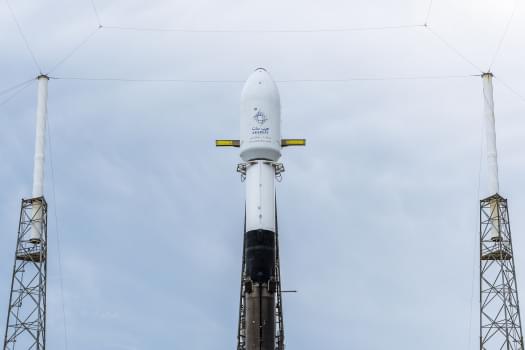
Breaking into the 31st week of 2023, from July 31 to Aug. 6, not much is held in store in terms of launches. Up first this week — following an aborted launch attempt last week — Rocket Lab will launch Capella Space’s Acadia satellite to a mid-inclination low-earth orbit. Later, a momentous flight will take place, when the last Antares 230+ will fly to low-Earth orbit (LEO) during the NG-19 resupply mission to the International Space Station (ISS).
Following slightly more than a day later, a Chang Zheng 4C carrying the Fengyun-3F meteorological satellite will take to the skies from Jiuquan, China. Shortly after that, it will be the turn of a Falcon 9 transporting Maxar-built Galaxy 37 inside its fairing. It will be deployed into a geostationary transfer orbit (GTO), with the satellite reaching a geostationary orbit (GEO) by itself.
Continue reading “Launch Roundup: SpaceX to launch Galaxy 37; China to launch FY-3F” »

